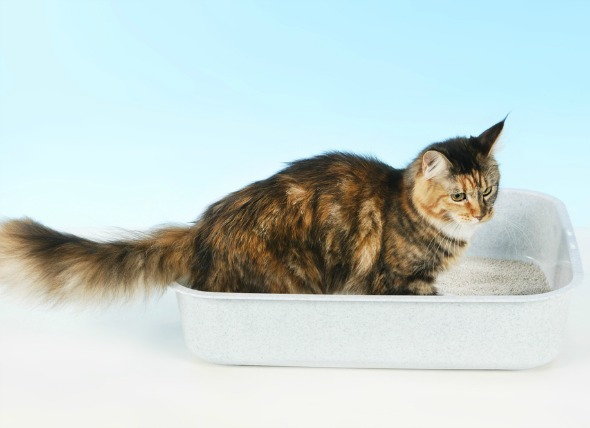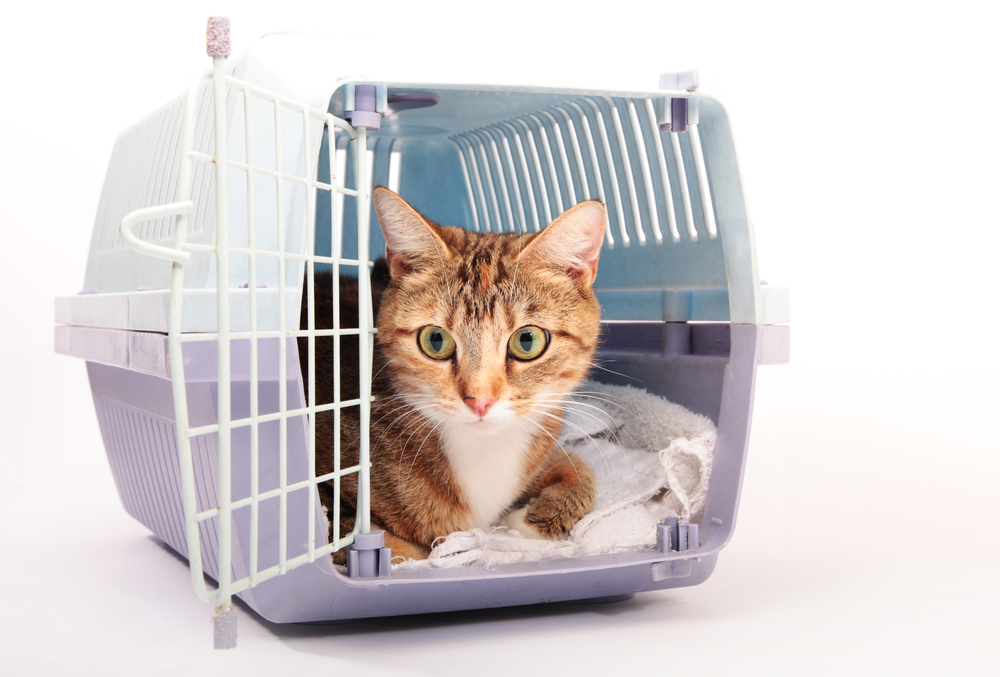
Cats often chew on plants and will sometimes swallow pieces of the plant as well. Sometimes they unwittingly chew on plants that have toxic properties to them. Sago palms are one of these plants. The leaves from the sago palm can cause severe damage to the liver, the damage of which can potentially lead to death when the plant has been ingested by a cat.
The sago palm is also known colloquially as coontie palms, cardboard palms, cycads, or zymias.
Symptoms seen with ingestion of sago palms include:
The symptoms seen are the result of liver damage caused by a toxin called cycasin, which is found in the sago palm. Liver disease may lead to bleeding deficits (disseminated intravascular coagulation - DIC), that is, abnormal bleeding and clots in the bloodstream, and neurological abnormalities.
Diagnosis is based on a history of ingestion of the plant and on blood and urine test results supportive of liver disease.
If ingestion has just occurred and symptoms are not present, vomiting may be induced by a doctor using hydrogen peroxide or ipecac. Consult your veterinarian immediately if you suspect or know that your cat has eaten any part of a sago palm. Activated charcoal may also be used to absorb the poison in the stomach. Gastric lavage (“pumping the stomach”) may also be necessary.
If evidence of liver disease is evident via clinical signs or abnormalities in blood and/or urine tests, then additional treatment will be necessary. Fluid therapy and blood or plasma transfusions will be required. Controlling vomiting with anti-emetic medications is recommended. Antibiotics, gastrointestinal protectants and vitamin K may be administered by your veterinarian also. S-Adenosylmethionine, Ursodeoxycholic acid, or vitamin E may be of benefit as well.
Avoid ingestion by keeping sago palms out of the reach of your cat. Ideally, all sago palms should be removed from your yard if they are present.
 Are You Ready to Have a New Cat?
Sometimes the cat appears in your house unexpectedly. Y
Are You Ready to Have a New Cat?
Sometimes the cat appears in your house unexpectedly. Y
 Urinary Tract Infections in Cats
Feline Idiopathic Lower Urinary Tract Disease in
Urinary Tract Infections in Cats
Feline Idiopathic Lower Urinary Tract Disease in
 Nerve Sheath Tumor in Cats
Schwannoma in Cats
Schwannomas are tumors that or
Nerve Sheath Tumor in Cats
Schwannoma in Cats
Schwannomas are tumors that or
 Yeast Infection and Thrush in Cats
Candidiasis in Cats
Candida is a type of sugar-di
Yeast Infection and Thrush in Cats
Candidiasis in Cats
Candida is a type of sugar-di
 Paralysis-inducing Spinal Cord Disease in Cats
Myelopathy–Paresis/Paralysis in Cats
Myelop
Paralysis-inducing Spinal Cord Disease in Cats
Myelopathy–Paresis/Paralysis in Cats
Myelop
Copyright © 2005-2016 Pet Information All Rights Reserved
Contact us: www162date@outlook.com